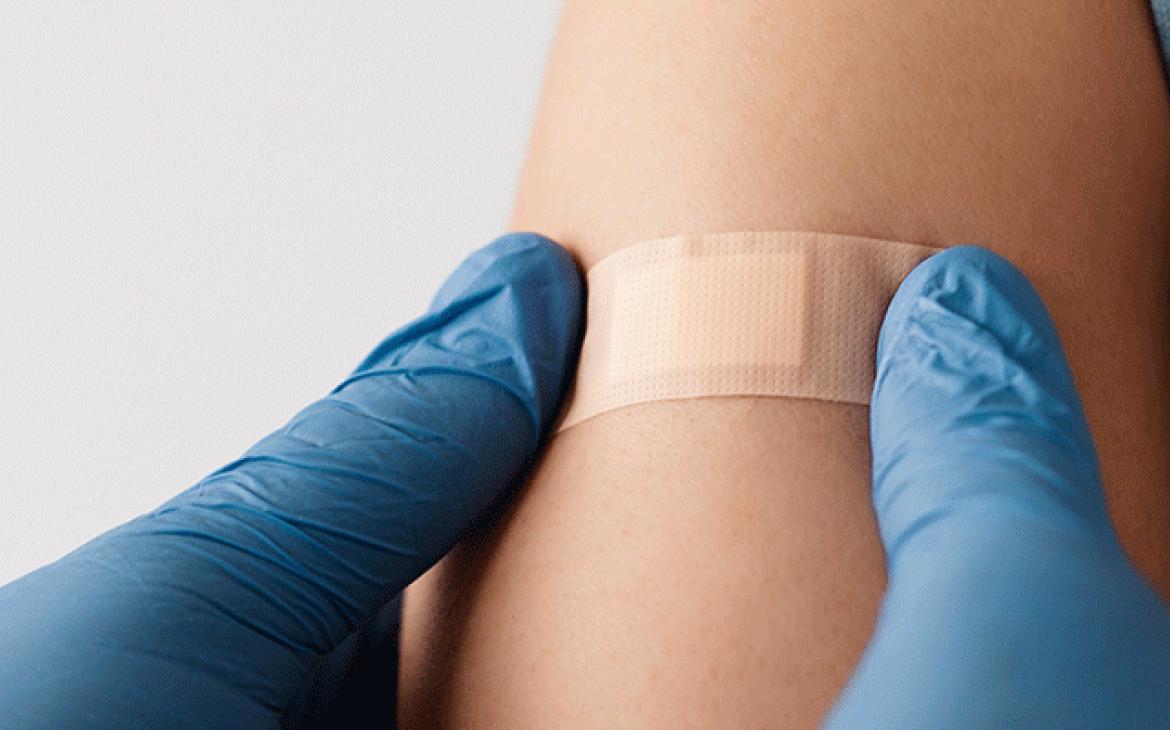
Quality should be built into the entire drug product lifecycle – including the manufacturing and production process – to help protect patient safety and build trust in medicines. The same is true for compounded medicines. Compounding entails combining, mixing, or altering ingredients by a licensed pharmacist or physician to create a drug that meets the unique needs of an individual patient. USP recently revised General Chapters <795> and <797> – quality standards related to compounding that help to advance the quality of compounded medicines and support patient safety and access.
Compounding has a longstanding history. Before the advent of manufactured medicines, all medicines were made through compounding. USP has been developing compounding standards since it was founded more than 200 years ago. Today, compounding remains an important practice, enabling access to medicines for patients who may not be able to use conventionally manufactured drugs. A patient’s specific needs may be accommodated through compounding. For example, compounded drugs are often used when children would benefit from a liquid form of a medication. In addition, people with allergies to ingredients such as certain dyes, sweeteners or preservatives used in conventionally manufactured drugs may also need to use compounded medicines.
It is important to recognize that poor quality compounded medicines could expose patients to significant risk. USP compounding chapters establish procedures and methods for pharmacists and healthcare practitioners to consistently produce quality compounded preparations. Adhering to these standards reduces the chances of the medication being subpotent, superpotent, or contaminated, which in turn helps to promote patient and personnel safety.
Comprehensive consideration of stakeholder perspectives and science
The USP standard-setting process is well-established and transparent, including extensive deliberation and stakeholder engagement. In general, a committee of expert volunteers draft general chapters, which inform activities and procedures relevant to medicine quality, based on the latest science. The draft General Chapter is published and a public comment period begins. The Expert Committee then considers the input of stakeholders gathered during the comment period before a final version is published to the U.S. Pharmacopeia – National Formulary.
The Compounding Expert Committee, which is responsible for the revised chapters on compounding, currently consists of 15 members who have expertise in a variety of areas concerning sterile and nonsterile compounding, such as veterinary compounding, aseptic technique, microbiology, environmental engineering and analytical testing. Additionally, six government liaisons participate as non-voting members in the Compounding Expert Committee, including four representatives from the U.S. Food and Drug Administration and two from the Centers for Disease Control and Prevention (CDC).
Stakeholders representing pharmacists, physicians, healthcare organizations, academicians, industry and federal and state regulators have been highly engaged with USP throughout the revision process to update General Chapters <795> and <797>. Drafts of the chapters have been through three rounds of public comment. In the last round in 2021, the Compounding Expert Committee reviewed and considered more than 1,400 comments from 300 organizations. In addition, more than 2,500 attendees participated in free open forums and roundtable discussions convened to provide USP with feedback on the revisions. This engagement and input enabled the Expert Committee to consider a wide range of perspectives to inform the revisions, maintain scientific rigor and account for current pharmacy practice needs.
Updates to compounding chapters
The revisions to the compounding chapters will significantly advance compounding quality, accounting for the realities of pharmacy practice and the needs of patients. Some specific updates to Chapter <795> include recommendations and requirements for facilities and equipment, minimum frequencies for cleaning and more information about the protective garb that personnel wear. Among the changes to Chapter <797> are updates to labeling requirements and the frequency of surface contamination testing based on the products being compounded.
The updated chapters also include a scientifically robust and risk-based approach to assign beyond-use dates – the date after which a compounded preparation must not be used – for compounded medicines. This approach provides more specific requirements for longer beyond-use dates, while still aiming to protect patients from the potentially dangerous consequences when ingredients breakdown or harmful microorganisms emerge over time.
Ultimately, these revisions help to advance the quality of compounded medicines, which aligns with USP’s mission to protect public health. Learn more about the updates to the chapters and resources to support adoption by visiting www.usp.org/compounding or emailing technical questions to compoundingSL@usp.org.


